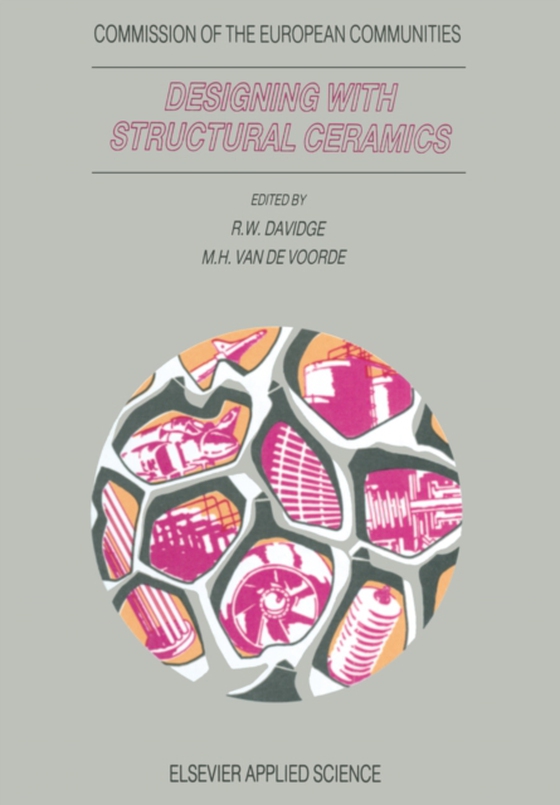
Designing with Structural Ceramics e-bog
436,85 DKK
(inkl. moms 546,06 DKK)
The last 30 years have seen a steady development in the range of ceramic materials with potential for high temperature engineering applications: in the 60s, self-bonded silicon carbide and reaction-bonded silicon nitride; in the 70s, improved aluminas, sintered silicon carbide and silicon nitrides (including sialons); in the 80s, various toughened Zr0 materials, ceramic matrix composites reinfo...
E-bog
436,85 DKK
Forlag
Springer
Udgivet
6 december 2012
Genrer
TDCQ
Sprog
English
Format
pdf
Beskyttelse
LCP
ISBN
9789401136785
The last 30 years have seen a steady development in the range of ceramic materials with potential for high temperature engineering applications: in the 60s, self-bonded silicon carbide and reaction-bonded silicon nitride; in the 70s, improved aluminas, sintered silicon carbide and silicon nitrides (including sialons); in the 80s, various toughened Zr0 materials, ceramic matrix composites reinforced with silicon 2 carbide continuous fibres or whiskers. Design methodologies were evolved in the 70s, incorporating the principles of fracture mechanics and the statistical variation and time dependence of strength. These have been used successfully to predict the engineering behaviour of ceramics in the lower range of temperature. In spite of the above, and the underlying thermodynamic arguments for operations at higher temperatures, there has been a disappointing uptake of these materials in industry for high temperature usc. Most of the successful applications are for low to moderate temperatures such as seals and bearings, and metal cutting and shaping. The reasons have been very well documented and include: * Poor predictability and reliability at high temperature. * High costs relative to competing materials. * Variable reproducibility of manufacturing processes. * Lack of sufficiently sensitive non-destructive techniques. With this as background, a Europhysics Industrial Workshop sponsored by the European Physical Society (EPS) was organised by the Netherlands Energy Research Foundation (ECN) and the Institute for Advanced Materials of the Joint Research Centre (JRC) of the EC, at Petten, North Holland, in April 1990 to consider the status of thermomechanical applications of engineering ceramics.
 Dansk
Dansk

